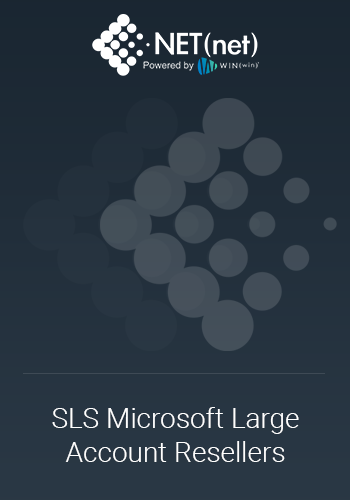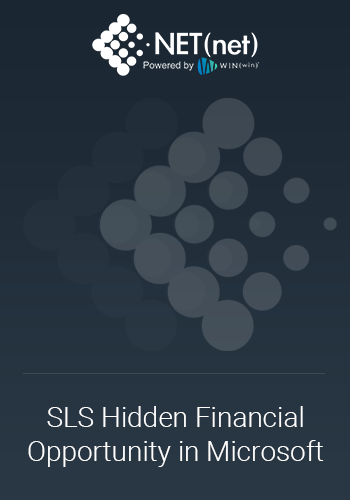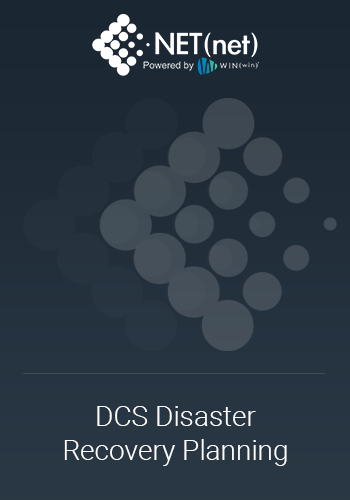Digital transformation is an actively discussed topic these days, but this was also true in the late 1990s and again in the mid-2000s. In fact, computerizing processes started back in the late 17th century when Leibniz developed a base 2 numerical system only using 0 and 1. With the introduction of the World Wide Web 300 years later, the scope, scale, and speed of technology have fundamentally impacted the effects of digitalization.
First websites connected companies and their customers. Companies including Dell were quickly disrupting traditional PC manufacturing companies selling direct to consumers and gaining valuable insights into consumer behavior as they navigated the website. And we never looked back.
Soon after, digital processes emerged to support customer interactions. As a result, dedicated digital teams where needed to manage new social and mobile channels. Suddenly, companies connected to customers and suppliers were operating digital networks.
To make better use of the vast amounts of information, companies started to connect all processes and devices into networks leading to winners and losers in a variety of industries.
Winners and Losers
Lou Holtz, a famous American College Football coach, once said, "Winners and losers aren't born, they are the products of how they think". Here are just a few examples of companies that have successfully leveraged digital strategies to thrive in today's hyper-competitive markets:
- New York Times: They decided to implement a successful subscription model for their online content. They don't rely on ads or clicks so they can make content decisions based on journalism principles instead of the advertiser's demands.
- Disney Parks: In 2015 they announced they would be investing $1 billion in IoT sensors to be used throughout their parks. Today, guests receive a MagicBand bracelet that uses RFID technology. These bands act as payment, hotel room keys, and even ride tickets. And the data Disney collects as their customers use these bands only helps the company find more ways to improve the user experience.
- Walmart: While retailers are dropping like flies, Walmart decided to take action by changing its online return policies, offering the lowest prices, and promoting the fact that you don't need a membership to order online. Walmart has also diversified its offerings, buying up online brand names like Jet and Mod Cloth and the Walmart mobile app continues to improve the customer experience.
- Fidelity: Founded in 1946, Fidelity has come a long way when it comes to digital transformation. While many other financial services companies have struggled to compete with fintech startups, this multinational financial services corporation has been betting big on digital. The mobile app is one of Fidelity's shining achievements with a 4.7-star rating and a half a million reviews on Apple. The app mimics the desktop trading experience, allowing customers to make trades and invest on the go.
Find and Get the money to invest
According to Onassis, the Greek shipping magnate, the secret of business is “to know something nobody else knows”. Well, it is no “secret” that Banks and Insurance companies are some of the oldest businesses in the world, and that it shows. This industry has been pegged as one that will – and already is – disrupted by Digital Transformation. Countries like Sweden and China are already moving toward cashless societies while tech-driven personal information is already determining insurance rates.
So, they have no choice but to transform themselves and this journey requires significant investment in technology, applications, and platforms. And costly upgrades to legacy systems are required.
Digital transformation comes at a cost and is framed as the price of doing business. This means that a significant amount of money upfront is required. However, instead of going to the piggy bank (pun intended) there are bound to be untapped opportunities in your technology supply chain to fund these programs.
How is NET(net) working with clients to unlock that value
According to McKinsey, leading companies start digital transformation by targeting quick wins to unlock value so that effort funds itself. As it progresses, companies are able to generate savings, creating incremental value for the organization even while implementation is still under way. Better yet, companies can start to tap savings by using tools and data they already have on hand.
NET(net)’s approach to unlock that hidden value in technology supply chain centers around a 100-day plan focused on 4 key deliverables:
- Assess Landscape
Obtain a complete picture of technology landscape, suppliers and spend.NET(net) advises clients to map tools to business processes creating a heat map as input for a dialogue with business unit CIOs to standardize on tools. This results in less suppliers to manage, a reduction in contracts to control and better negotiation leverage.
- Understand Terms
Everything is on the table, however, differentiate between supplier agreements that have quick win opportunities versus the ones where unlocking value is possible later. You would be surprised how many times NET(net) works with clients that have a large footprint without an operating model that allows for leveraging scale. In other words, multiple agreements with the same supplier – and sometimes for the same product – under different terms and conditions.
- Create Roadmap
If you don’t know where you are, you have no idea where you are going. An outline of projects and resources required including capabilities needed to pull it off will guide the journey. This is where business stakeholders, technology owners, procurement professionals and financial cost managers will have to figure out ownership and accountability and put office politics aside and stay outcome focused.
- Define Targets
Setting technology optimization targets will provide a long-term vision, short-term motivation and the “size of the price” the company is going after. NET(net) advises clients to be all inclusive in target setting and focus not only on value optimization and cost savings but also on contract risk mitigation and supplier management improvement.
- Engagement Management
After that, all that is left to do is to make sure you don’t fall victim to the gap between promises made and results delivered. In other words: execute, execute and execute. Execution is the discipline of getting things done. NET(net) has been honing this “technology value optimization discipline” since 2002.
As we like to say, “if it were easy, everyone would do it”.
In summary, the difference between landing on a list of winners versus losers really comes down to executing on value. If you don’t know where the value is, or where you’re losing it, chances are you will be looking for work in the not too distant future. Technology now affords companies the luxury of tapping both old and new resources to drive value into the organization and shape how they do business for decades to come. Executives today must be bold and move beyond old supplier alliances and disturb the status quo by introducing fundamental and transformational programs as outlined above. Unlocking this latent value will start a chain reaction that will not just transform the company, but the executives leading the charge.
About NET(net)
Founded in 2002, NET(net) is the world’s leading IT Investment Optimization firm, helping clients find, get and keep more economic and strategic value. With over 2,500 clients around the world in nearly all industries and geographies, and with the experience of over 25,000 field engagements with over 250 technology suppliers in XaaS, Cloud, Hardware, Software, Services, Healthcare, Outsourcing, Infrastructure, Telecommunications, and other areas of IT spend, resulting in incremental client captured value in excess of $250 billion since 2002. NET(net) has the expertise you need, the experience you want, and the performance you demand. Contact us today at info@netnetweb.com, visit us online at www.netnetweb.com, or call us at +1-866-2-NET-net to see if we can help you capture more value in your IT investments, agreements, and relationships.
NET(net)’s Website/Blogs/Articles and other content is subject to NET(net)’s legal terms offered for general information purposes only, and while NET(net) may offer views and opinions regarding the subject matter, such views and opinions are not intended to malign or disparage any other company or other individual or group.

















